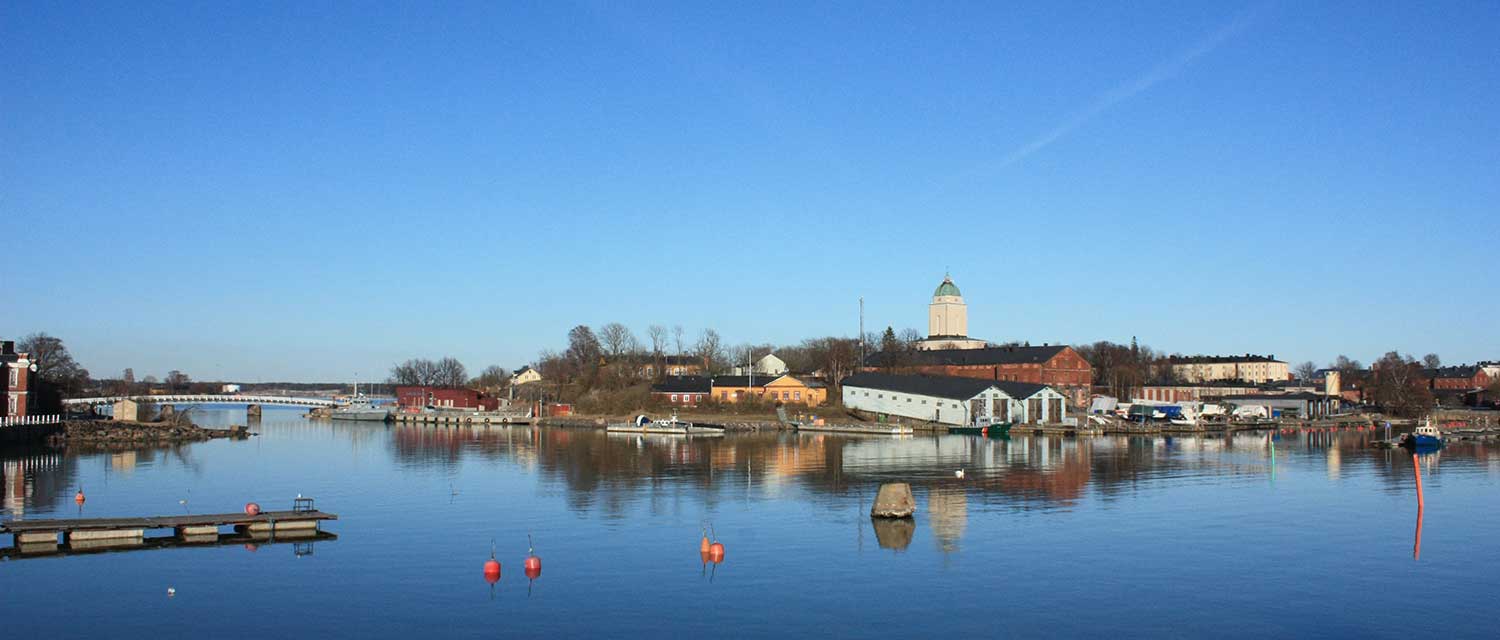Suomenlinna in the harbor of Helsinki was a dockyard and one of the home ports of the navy until 1808. During the Russo-Swedish War (1808–1809) approximately 100 different vessels were handed over to the Russians. These vessels are the main focus of this subproject.
The subproject investigates wooden wrecks in the underwater cultural landscape around Suomenlinna (Sveaborg in Swedish). The area is a challenging study site, not only for the busy water traffic, underwater diving conditions, but also for the past events. The fortress served as a Russian garrison for more than 100 years and was bombarded during the Crimean War. In comparison to other sites in Sweden, Suomenlinna has specific features.
The first aim of the subproject will be to identify these ships from the vast wreck material of the fortress with dendrochronological sampling and other methods. The subproject will use 3D recordings in order to make the wrecks more accessible to specialists as well as the public.
The second aim is to explore and discuss the ships from a life cycle perspective, which includes the complete “life” of the vessels, from when they were built until they were discarded as well as the events in between.
The Finnish Heritage Agency is the main partner of the subproject. Co-partners are the Governing Body of Suomenlinna, Helsinki University, the Maritime Archaeological Society of Finland and Ehrensvärd Society. In addition, photogrammetric specialists Kari Hyttinen and Pasi Lammi are important for the project. The subproject is located in Helsinki.
This subproject is a part of the research programmes historical and archaeological module.
Name of the Subproject
The End of Glory Days? Biography of the Swedish wrecks as blue heritage of Suomenlinna.
Presentation of the Subprojekt

